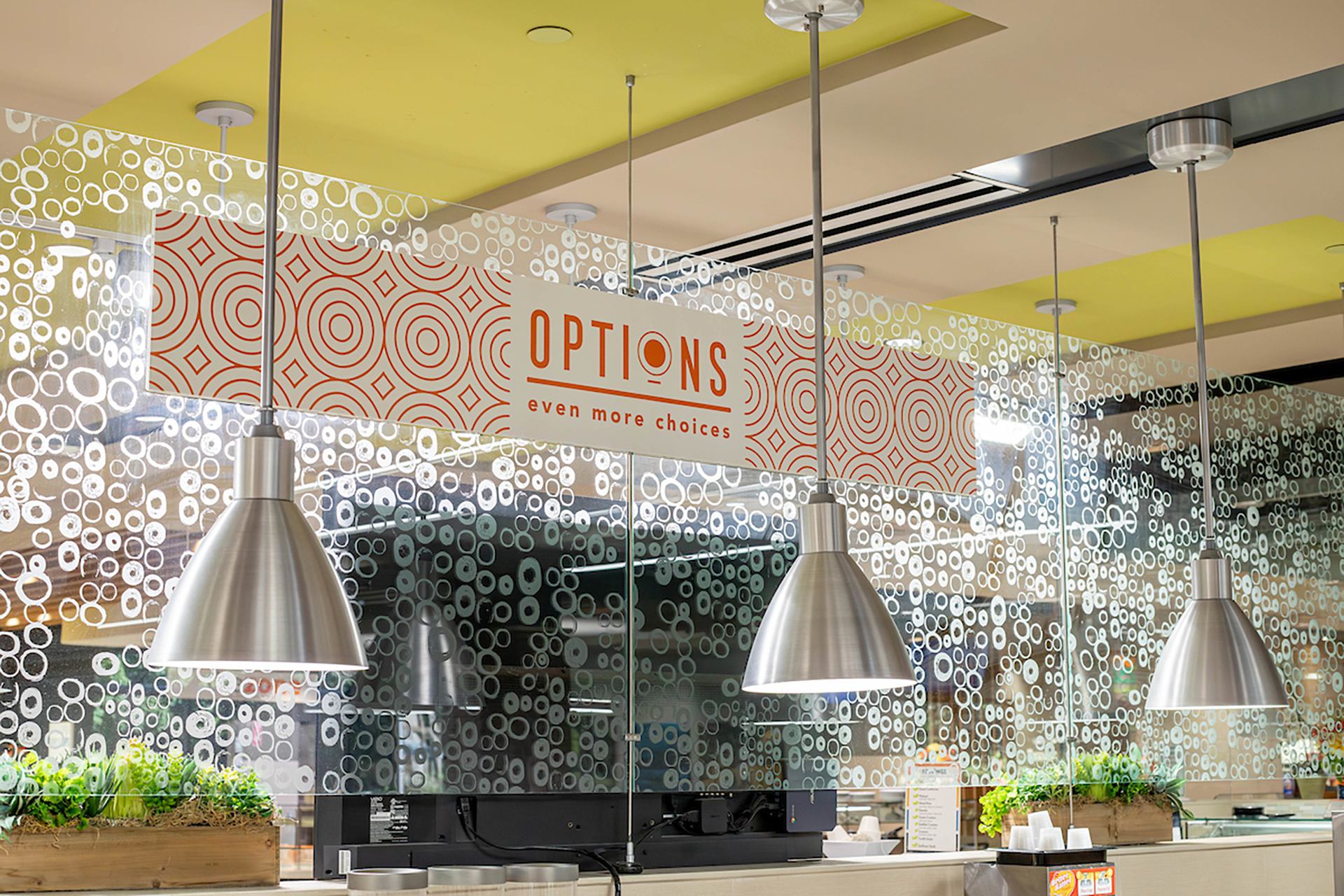Optimize First Impressions of Your Campus & Grow Enrollment
This article is inspired by the 2020 ABACC webinar, “The Campus Welcome Experience: Optimizing First Impressions,” presented in cooperation with Credo Higher Education.
• • •
The look and feel of a college or university campus to first-time visitors matters greatly to CFOs who oversee the physical plant, and also has a profound impact on the success of enrollment efforts.
How do CFOs and chief enrollment officers work together to optimize first impressions and achieve success?
Two Critical “First Impressions”
Whether you’re struggling to adapt to social distancing requirements or that “fire” has been extinguished, the first impression of your campus starts in the virtual world.
Does the arrival of prospective students and their families—what they see, feel, and experience—on your website reinforce the idea that they could get a good education there? While they’re on your website, do they begin to think, “Hey, I want to visit there!”
When prospective students and their family put down the laptop, get in the car, and drive to your campus, that’s when it’s time to shine in the physical and human sense. After all, this is going to be their home and first impressions matter greatly. Will they visit and say “Wow, this is amazing!” or will they be thinking “If it’s not clear where we should go and no one greets us, can they really figure out how to provide me with a good education?
Both impressions result from a critical enrollment and finance partnership, with enrollment staff handling the strategy and finance staff overseeing the look and feel—the buildings, grounds, fixtures, furnishings, and signage. Both staffs must work together to make these first impressions of your institution a welcoming experience.
Your Most Important Recruiting Strategy
You may be thinking, does the campus welcome experience really matter—especially at a time like this? The answer is a resounding “Yes!”
Admitted Student Research data compiled by Credo, a comprehensive higher education consulting firm, shows that the campus welcome experience is your most important recruitment strategy, in fact.
Your institution succeeds or fails to recruit students based on its academic reputation. When Credo asked students and parents, “What sources did you use to determine a college’s academic reputation during your search?” campus visits were rated as the number one source that formed those opinions.
So, what does that say about how you train your student tour guides and organize visits? Which classrooms do you show? How much should tours focus on dorm facilities?
Factors of Note
- Do you encourage current students and alumni to engage with visitors as they explore the campus? Potential students and parents want to hear from these people. They’re already invested and can be trusted.
- How do you make sure that people are not just seeing academic facilities, but also seeing the people that their students will encounter in those facilities? Have you talked to your faculty about how they interact with visitors? One of the top factors in choosing a school is the idea of mentoring: “Will the faculty actually be interested in my educational needs?”
- Another point of interest the data revealed is campus safety, not only for parents but also for students. Who can best speak to this concern during campus visits?
- Consistently—and surprisingly—the quality of residential facilities is often near or at the bottom of the list of factors. So, if you’re thinking the old residence halls have to be upgraded immediately to boost your numbers, think again. The data doesn’t support it.
The Importance of Arrival Branding
“Arrival Branding” is the term campus planners use when thinking about the impressions created for first-time campus visitors. A campus that has been thoughtful and is doing arrival branding well has curb appeal that reflects sound planning principles and good stewardship.
These impressions fall into three categories—virtual, physical, and human—and here are some simple steps you can take to optimize them.
Virtual Impressions
- Reduce the number of clicks it takes to navigate to your “Visit Campus” section.
- Clearly invite students to visit your campus. Don’t assume they know you want to meet them in person.
- The “Visit Campus” section must make the case for why a visit is important before going into the mechanics of how to plan a visit. This would be a great place for a video clip of a parent talking about their enrolled student and the value of their first campus visit.
- Fully explain terms that first-generation students and parents may not completely understand, such as “open house,” “individual visit,” or “private visit.”
- Chart out the best way to see your campus, allow for time to meet with faculty or staff members, estimate how long this should take, and then use that as the description of a typical visit.
- Outline the options for campus visits and describe what will happen during each type.
- Implement timely and personal follow-up procedures with students and parents that schedule a visit, to reinforce the idea that their needs matter and they will get a good education here.
- Put extra care and research into providing information about lodging options and local culture—don’t just link to the Chamber of Commerce. Come up with a preferred list and then make sure it’s featured prominently.
- Make it clear whether or not meals will be provided if the student’s entire family comes to campus for their visit.
Physical Impressions
- Help visitors know they’ve arrived and are expected. For individual visits, create a welcome sign with their name and where they’re from, and put it at their assigned parking spot. For open houses, use your large digital or customizable signage to welcome those groups.
- Designate parking spots for admission guests and patrol it to be sure those spots aren’t being used by others.
- Make it clear where guests should go upon arrival. Place bold wayfinding signage to their destination near the admission guest parking. If possible, assign a student tour guide to direct guests with a personal touch.
- Consider locating your Welcome Center to the most accessible spot on campus, if it’s not already.
- Tastefully brand your Welcome Center. It should not look and feel like a typical office or academic building.
Human Impressions
- Identify your Welcome Center staff’s gifts and talents and place them in appropriate roles. For example, carefully consider who will staff your prime Welcome Center greeting spot. The person greeting guests ought to be someone who absolutely loves greeting guests and treats them like “This is the best part of my day!”
- Ensure the admission counselor recruiting the student is available to participate in at least their initial welcome, if not their tour.
- Give your tour guides leeway to exercise good judgment and personalize the visit to account for special interests and needs. The point of the tour is for guests to experience your campus while they walk around it—not to see every corner of every building.
- Remember—your Admissions staff is just one small piece of the human impression. Communicate your expectations about making guests feel welcome to the rest of the campus.
- Coach faculty, staff, and students to engage with visitors touring the campus—to say “Hello” and show what a warm and friendly place your school is. As stated earlier, these interactions form the most important impressions about your academic reputation and determine if guests choose to apply.

Ask a School Insurance Underwriting Expert: As Winter Approaches, How Can We Protect Our Facilities?
Association of Business Administrators
of Christian Colleges
4578 Hidden Ridge Drive
Hudsonville, MI 49426
(877) 303-8666
Empowering Christian Business Officers
Fulfill your calling, solve challenges, and maximize resources to accomplish the mission of Christian higher education.










